Bulk Fill with Confidence – ACTIVA™ BioACTIVE-RESTORATIVE™
Bulk Fill Technique Tips from Dr Comisi
BioActive Bulk Fill Made Easy
Bulk Fill Challenges
Bulk fill procedures using traditional composite materials present a number of concerns for practitioners:
Unpolymerized resin and the heat generated by light curing bulk fill materials can irritate the pulp and cause sensitivity.
Condensing and layering traditional bulk fill composites can result in gaps and voids.
Chipping and cracking at the margins and on occlusal surfaces is a common occurrence due to the brittle nature of traditional materials.
Research shows that current bonding agents, when used with traditional composites, degrade over time resulting in microleakage, staining, and restoration failure.
Bulk Fill Technique Tips
The syringe technique eliminates voids common with heavy body composites, and together with very low shrinkage and intimate adaptation to tooth structure, this technique yields a monolithic restoration without voids or marginal gaps. Place mix tip against the floor of the cavity and allow the material to flow ahead of the mix tip. Maintain contact with floor and move tip around the box. Allow material to back fill the cavity preparation. Keep tip submerged in the material at all times to avoid air bubbles. It is advisable to allow the material to self cure for 20-30 seconds before light curing.
Solutions Flow From ACTIVA
ACTIVA is dual cure, which ensures depth of cure. Its self-cure mode reduces the exothermic reaction and polymerization stresses, and eliminates sensitivity caused by excessive heat and unpolymerized resin.
Instructions For Use
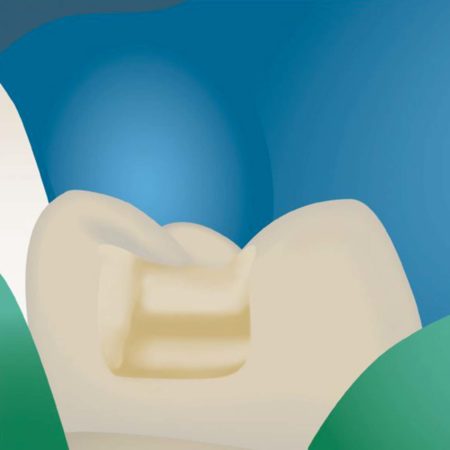

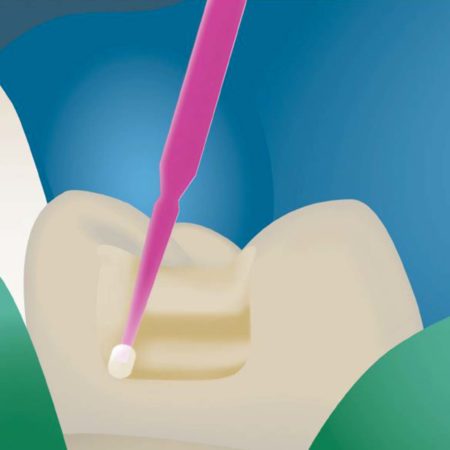
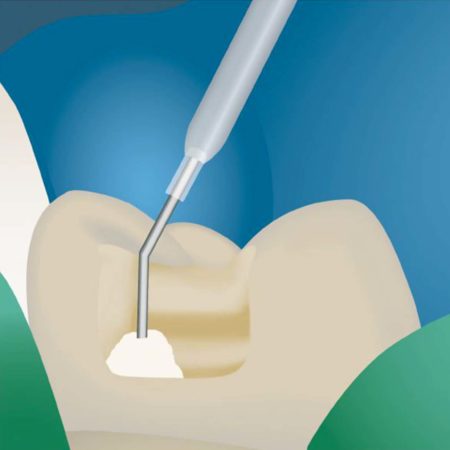
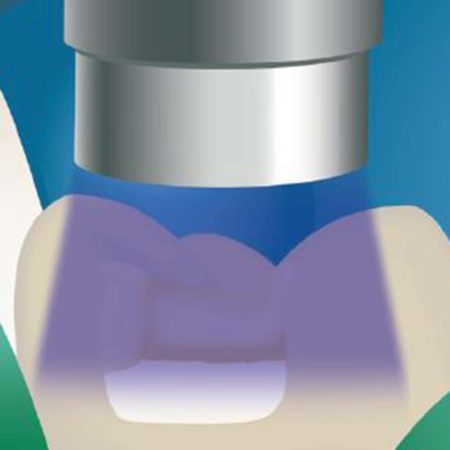
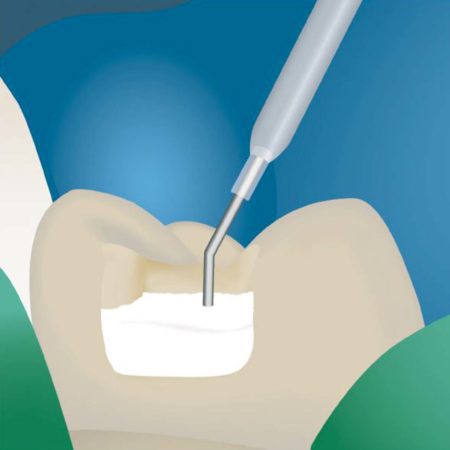
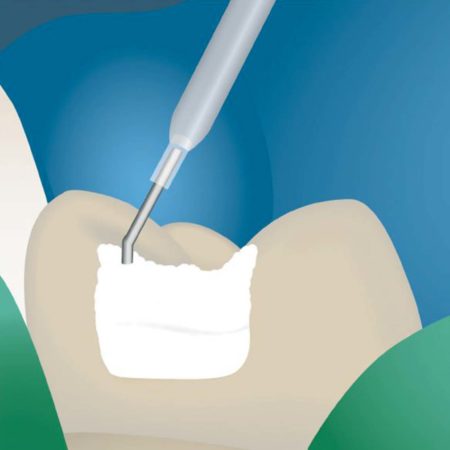
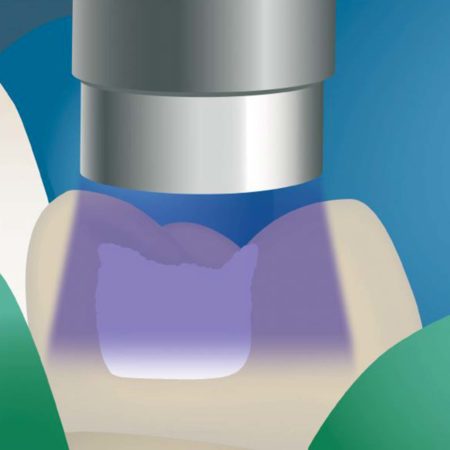
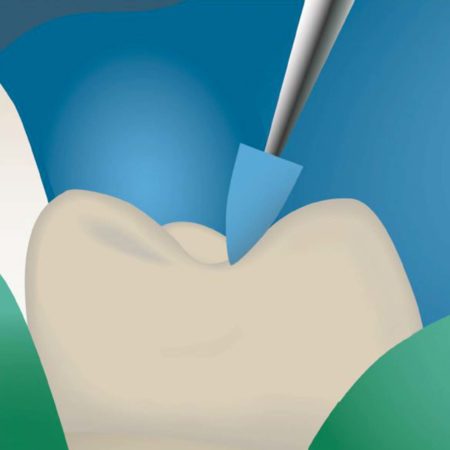
Clinical Validation and Awards
Independent studies indicate that ACTIVA is tougher and more fracture resistant than all other direct restorative materials tested. ACTIVA’s patented rubberized-resin component resists wear, fracture and chipping. University testing shows that ACTIVA’s compressive strength is comparable to the leading composites and far superior to glass ionomers and RMGIs.
A two-year clinical performance report from The Dental Advisor gives ACTIVA BioACTIVE-RESTORATIVE a 5-star rating. 158 restorations recalled after two years were rated for lack of postoperative sensitivity, esthetics, resistance to fracture and chipping, resistance to marginal discoloration, wear resistance and retention. ACTIVA received a 98% clinical performance rating.
The BioACTIVE Difference
While traditional composites are passive in nature and have no bioactive potential, bioactive materials play a dynamic role in the mouth. They are moisture friendly and react to pH changes in the oral environment to help fortify and recharge the ionic properties of saliva, teeth and the material itself.
ACTIVA releases and recharges calcium, phosphate and fluoride. It stimulates apatite formation at the material-tooth interface. This natural remineralization/regenerative process knits the material and the tooth together, penetrates and fills micro-gaps, guards against secondary caries, and seals margins against microleakage and failure. This bioactive difference supports a prevention model and helps maintain the health of the dentition.
References
Garcia D, et al. Polymerization shrinkage and depth of cure of bulk fill flowable composite resins. Oper Dent 2014;39(4):441-448.
Tezvergil-Mutluay A, et al. Long-term durability of dental adhesives. Curr Oral Health Rep 2015;2:174-181.
Krämer N, et al. Light curing of resin-based composites in the LED era. Am J Dent 2008;21:135-142.
Comparison of class ll resin-based composites. Clinicians Report March 2016.
Vandewalker JP, et al. Properties of dual-cure, bulk fill composite resin restorative materials. Gen Dent 2016;64(2):68-73.
Bortolotto T, et al. Effect of dual cure composite resin as restorative material on marginal adaptation of class 2 restorations. Quintessence Int 2013;44(9):663-672.
Sun F, et al. Cytotoxic effects of one-step self-etching adhesives on human periodontal ligament fibroblasts in vitro. J Adhes Dent 2016;18:99-109.
Bahilio J, et al. Bulk filing of class ll cavities with a dual cure composite: effect of curing mode and enamel etching on marginal adaptation. J Clin Exp Dent 2014;6(5):e502-e508.
Chuhan R. Good short-term survival rates for posterior resin composite restorations. Evidence Based Dentistry 2015;16:114-115.
Orlowski M, et al. Evaluation of marginal integrity of four bulk-fill dental composite materials: in vitro study. The Scientific World Journal 2015.
Microleakage of dental bulk fill, conventional and self-adhesive composites. Cannavo M, et al. J Dent Res 93 (Spec Iss A) 847, 2014 (iadr.org).
Opdam NJ, et al. Longevity of posterior composite restorations: a systematic review and meta-analysis. J Dent Res 2014;93(10):943-949.
Opdam NJ, et al. Voids and porosities in class l micropreparations filled with various resin composites. Oper Dent 2003;28(1):9-14.
Mousavinasab SM, et al. Temperature rise during primer, adhesive, and composite resin polymerization of a low-shrinkage composite resin under caries-like dentin. ISRN Dentistry 2012;article ID 198351:8 pages.
Ilie N, et al. Bulk-fill resin-based composites: an in vitro assessment of their mechanical performance. Oper Dent 2013;38:618-625.
Tolidis K, et al. Effect of polymerization and type of glass-ionomer cement on thermal behavior. Int J Appl Sci Tech 2013;3(3):17-25.
Advantages and challenges of bulk-fill resins. CR 2012;5(1).
Nazari A, et al. 3D assessment of void and gap formation in flowable resin composites using optical coherence tomography. J Adhes Dent 2013;15(3):237-243.
In vitro wear of three bulk-fill composites. Abdulhameed N, et al. Dent Res 95 (Spec Iss A) S0638, 2016 (iard.org).
Nicoleta I, et al. An in-vitro assessment of shear bond strength of bulk-fill resin composites to permanent and deciduous teeth. J Dent 2014;42(7):850-855.
Cavalcanti Xavier J, et al. Polymerization shrinkage and flexural modulus of flowable dental composites. Mat Res 2019;13(3):381-384.
Spencer P, et al. Durable bonds at the adhesive/dentin interface: an impossible mission or simply a moving target? Braz Dent Sci 2012;15(1):4-18.
Mulder R, et al. Volumetric change of flowable composite resins due to polymerization as measured with an electronic mercury dilatometer. Oral Biol Dent 2013;1:1. http://dx.doi.org/10.7243/2053-5775-1-1






